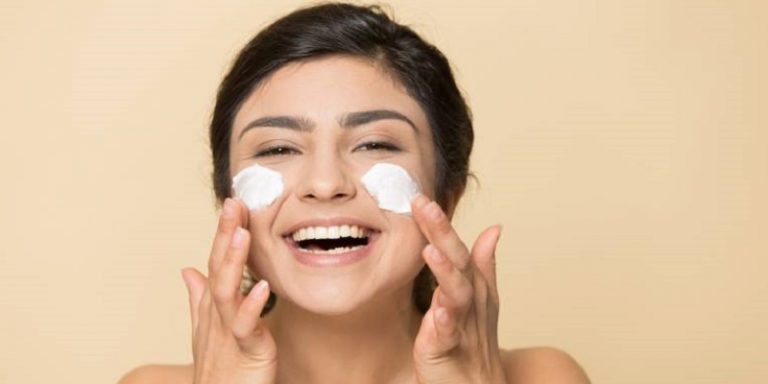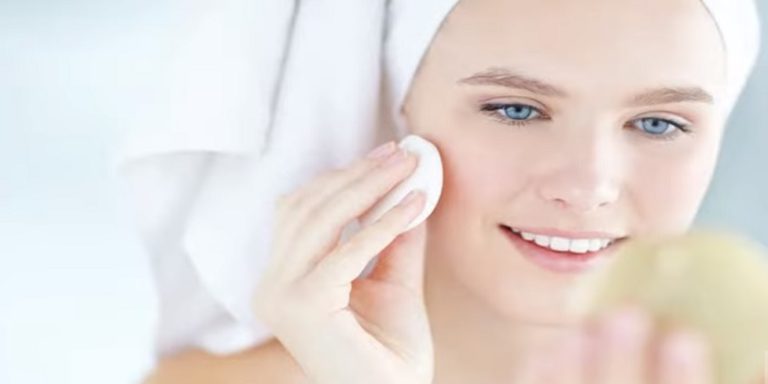Do Girls Shed Skin?

Last Updated on June 18, 2025 by Jaclyn A. Neeley
The concept of skin shedding, or desquamation, is a natural and continuous process that occurs in all humans, regardless of gender. This process involves the shedding of dead skin cells from the outermost layer of the skin, the epidermis, and is essential for maintaining healthy skin. While the question “Do girls shed skin?” might seem specific, it is important to understand that skin shedding is a universal phenomenon. This article will delve into the science behind skin shedding, the factors influencing it, and how it manifests in both genders, with a particular focus on females.
The Science of Skin Shedding
What is Desquamation?
Desquamation is the process of shedding dead skin cells from the epidermis, the outermost layer of the skin. The epidermis consists of several sublayers, including the basal layer, where new skin cells are produced, and the stratum corneum, where dead skin cells are eventually shed. This process is crucial for maintaining the skin’s protective barrier and overall health.
The Skin Renewal Cycle
The skin renewal cycle, also known as skin cell turnover, is the period it takes for new skin cells to be produced in the basal layer and migrate to the surface, where they are eventually shed. This cycle typically lasts about 28 days in young adults but can vary based on age, genetics, and overall health. As people age, the skin renewal cycle slows down, leading to a buildup of dead skin cells that can cause the skin to appear dull and rough.
Factors Influencing Skin Shedding
Age
Age is a significant factor in the rate of skin shedding. In younger individuals, the skin renewal cycle is faster, resulting in a more frequent shedding of dead skin cells. For example, teenagers may experience a skin cycle of about 2 weeks, while adults in their 20s and 30s may have a cycle of 3-4 weeks. As people age, this cycle can extend to 6-10 weeks or longer.
Hormones
Hormonal changes, particularly those related to puberty, menstruation, pregnancy, and menopause, can influence skin shedding. For instance, during puberty, increased androgen levels can lead to higher sebum production, which may affect the skin’s shedding process and contribute to conditions like acne.
Environmental Factors
Environmental factors such as sun exposure, pollution, and climate can also impact skin shedding. UV radiation from the sun can accelerate skin cell damage and impair the skin’s regenerative abilities, while pollution can clog pores and lead to a buildup of dead skin cells.
Gender Differences in Skin Shedding
Structural Differences
While the basic process of skin shedding is the same for both genders, there are some structural differences in male and female skin that can influence this process. Male skin is generally thicker and contains more collagen, which can affect the rate of skin cell turnover. Female skin, on the other hand, tends to be thinner and more prone to dryness, especially after menopause when estrogen levels decline.
Sebum Production
Sebum production, which is higher in males due to androgen stimulation, can also play a role in skin shedding. Higher sebum levels can lead to oilier skin and potentially more frequent shedding of dead skin cells. In contrast, females may experience more dryness and sensitivity, particularly during hormonal changes such as menstruation and menopause.
Common Myths and Misconceptions
Skin Shedding and Menstruation
A common myth is that girls shed their skin after their menstrual period. While menstruation involves the shedding of the uterine lining, it does not directly cause the shedding of skin. However, hormonal fluctuations during the menstrual cycle can affect the skin’s condition, potentially leading to increased oiliness or dryness, which might influence the perception of skin shedding.
Exfoliation and Skin Shedding
Exfoliation is a common skincare practice that involves the removal of dead skin cells from the surface of the skin. While exfoliation can enhance the natural process of desquamation, it is not the same as the biological process of skin shedding. Exfoliation can help maintain a healthy complexion by preventing the buildup of dead skin cells, but it should be done gently to avoid damaging the skin.
How to Support Healthy Skin Shedding
Regular Cleansing and Exfoliation
Maintaining a regular skincare routine that includes gentle cleansing and exfoliation can help support the natural process of skin shedding. Using products that contain alpha-hydroxy acids (AHAs) or beta-hydroxy acids (BHAs) can aid in the removal of dead skin cells and promote a smoother, more radiant complexion.
Hydration and Moisturization
Keeping the skin hydrated is essential for maintaining its elasticity and overall health. Using moisturizers that contain ingredients like hyaluronic acid can help lock in moisture and support the skin’s natural barrier function.
Sun Protection
Protecting the skin from harmful UV radiation is crucial for preventing premature aging and maintaining healthy skin. Using a broad-spectrum sunscreen with an SPF of 30 or higher can help protect the skin from sun damage and support the natural process of skin shedding.
Conclusion
Skin shedding is a natural and essential process that occurs in all humans, regardless of gender. While there are some differences in the rate and manner of skin shedding between males and females, the fundamental process remains the same. Understanding the factors that influence skin shedding and adopting a proper skincare routine can help maintain healthy, youthful-looking skin. So, to answer the question, “Do girls shed skin?”—yes, they do, just like everyone else.
FAQs
Do girls shed once a month?
Girls do not shed their skin once a month. Skin shedding, or desquamation, is a continuous process where dead skin cells are naturally sloughed off and replaced by new cells. This process is not tied to the menstrual cycle but occurs constantly to maintain healthy skin.
Do girls change their skin after a period?
Hormonal fluctuations during the menstrual cycle can affect the skin. Before and during a period, increased sebum production can lead to oily skin and acne. After the period, the skin may become drier due to a drop in estrogen levels.
Why don’t I shed skin?
Everyone sheds skin continuously as part of the natural cell turnover process. If you don’t notice visible shedding, it may be because the process is subtle and not always apparent. Factors like hydration, skincare routines, and environmental conditions can influence how noticeable skin shedding is.
What is the skin-shedding cycle and how does it work?
The skin-shedding cycle involves the continuous renewal of the epidermis. New cells are produced in the basal layer and move up to the surface, where they become dry and flaky before shedding. This process helps maintain healthy skin by removing dead cells and allowing new ones to take their place.
What are some common causes of peeling skin?
Common causes of peeling skin include sunburn, dry skin, allergic reactions, infections, and skin conditions like eczema and psoriasis. Environmental factors such as dry weather and frequent handwashing can also contribute to skin peeling.






